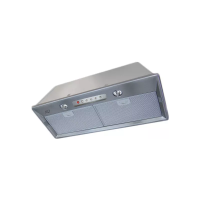XO 4 & XO FLEX TROUBLE SHOOTING GUIDE
Version 3.30 71
The Hall sensor is defective.
Replace the Hall effect sensor,
located in chair CA-048
connected to jumper J104 on
AN-960. See picture and
How to change the Hall sensor
cable?
Same procedure for both cable
CA-047 and CA-048
Tighten the new Hall sensor until
the sensor (not the lock nut)
touches the magnet.
Loosen the Hall effect sensor by
¼ turn
Tighten the lock nut and make
sure the sensor is properly fixed.
The
not work
Replace the Hall Effect sensor,
located in the CA-048 chair
connected to the J104 jumper on
AN-960.
up when going up.
Exceptional case:
The motor of the backrest may
jam when reaching the topmost
position and remains stuck
without interrupting the power to
the motor or reverting the
course. Danger of overheating.
manipulation
technician for assistance
J104 the 24V is generated by the board "Stand Controller AO-891". In case of absence of the 24V on the
jumper J104 Controler that the LED on the "Stand Controller AO-891" is well lit. If there is no 24V on
jumper J104 after changing the fuse, change the board "Stand Controller AO-891".
Hall sensors are very sensitive to reverse polarity and short circuit.
J12 Signal Chair Lift: The 5V it is generated by the "Power Supply PCB AN-371". In case of absence of
the 5V on please refer to the chapter "+5V Overvoltage Protection".
Rectangular shaped signal
The signal measurement is done between pin 1 (flesh signal / hall signal) and pin 3 (GND) on either J104
(backrest motor) or J12 (chair motor).
The signal emitted is rectangular in shape, varying from 0V to 5V. When activating the seat or the base of
the chair, the measurement is made in Volt Alternative mode varying from 2.2V to 2.4V.

